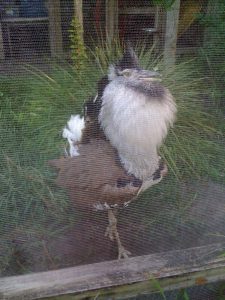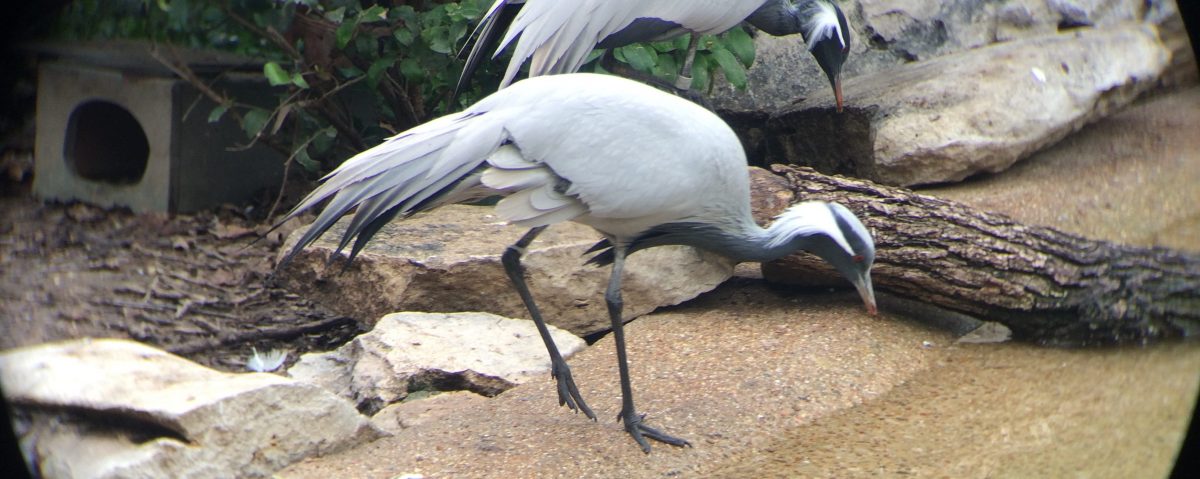
Gruiformes
Cranes, Seriemas, rails, sunbitterns, Limpkins,trupeters Bustards
Gruiformes is a large and diverse order containing six families. The order contains the cranes, fin foots, rails, trumpeters flufftails and pumpkins. Historically the order has included other groups including sunbitterns, seriemas and bustards. Although recent genetic analysis has revealed some of these orders are not closely related to the true gruiformes the Gruifomes TAG still manages these populations for AZA institutions.

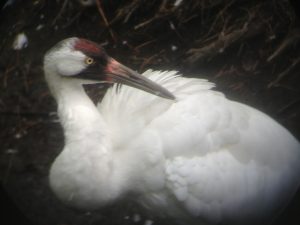
Gruidae-
Cranes
Gruids, cranes, are large wading birds with long legs and long necks. The family is represented on all continents except Antarctica. Cranes usually feed on fish and other aquatic animals. All 15 species of cranes are famous for their elaborate courtship dances.
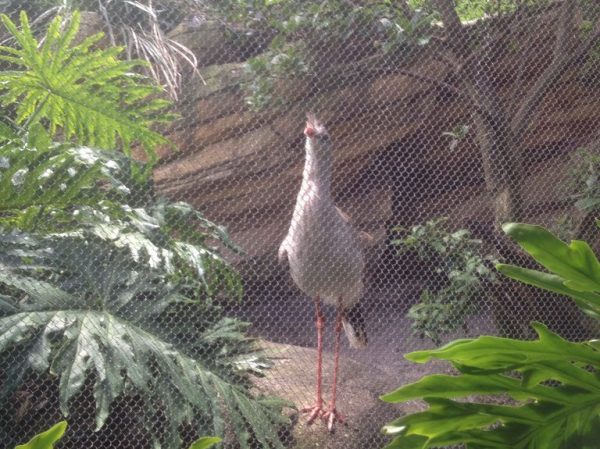
Cariamidae-
Seriemas
The seriemas are the sole living members of the small bird family Cariamidae, which is also the only surviving lineage of the order Cariamae. Once believed to be related to cranes, they have been placed near the falcons, parrots and passerines, as well as the extinct terror birds.[1][2] The seriemas are large, long-legged territorial birds that range from 70 to 90 cm. They live in grasslands, savanna, dry woodland and open forests of Brazil, Bolivia, Argentina, Paraguay and Uruguay.
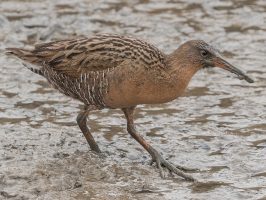
Railidae-
Rails
The rails, or Rallidae, are a large cosmopolitan family of small- to medium-sized ground-living birds. The family exhibits considerable diversity and also includes the crakes, coots, and gallinules. Many species are associated with wetlands, although the family is found in every terrestrial habitat except dry deserts, polar regions, and alpine areas above the snow line.
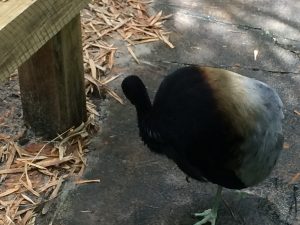
Psophiidae-
Trumpeters
The trumpeters are a family of birds restricted to the humid forests of the Amazon and Guiana Shield in South America. They are named for the trumpeting or cackling threat call of the males.[1] The three species resemble chickens in size; they measure 45 to 52 centimetres (18 to 20 inches) long and weigh 1 to 1.5 kg (2.2 to 3.3 lb).[1] They are rotund birds with long necks and legs and curved bills[2] and a hunched posture.[3] Their heads are small, but their eyes are relatively large, making them look “good-natured”.
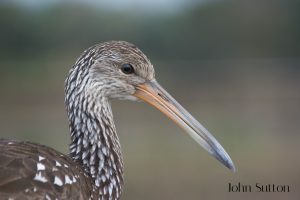
Aramidae- Limpkins
The limpkin (Aramus guarauna), also called carrao, courlan, and crying bird, is a bird that looks like a large rail but is skeletally closer to cranes. It is the only extant species in the genus Aramus and the family Aramidae. It is found mostly in wetlands in warm parts of the Americas, from Florida to northern Argentina. It feeds on molluscs, with the diet dominated by apple snails of the genus Pomacea. Its name derives from its seeming limp when it walks.
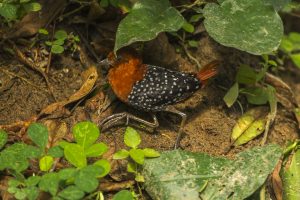
Sarothruridae- Flufftails
Flufftails (genus Sarothrura) are small birds related to rails and finfoots. There are nine species, seven of which are distributed across sub-Saharan Africa, with the remaining two in Madagascar. The genus was long placed with the rail family Rallidae, but is now placed in the family Sarothruridae, along with three other species of wood rails (genus Canirallus).
Otidiformes- Bustards
Bustards, including floricans and korhaans, are large, terrestrial birds living mainly in dry grassland areas and on the steppes of the Old World. They range in length from 40 to 150 cm (16 to 59 in). They make up the familyOtididae (formerly known as Otidae). Bustards are omnivorous and opportunistic, eating leaves, buds, seeds, fruit, small vertebrates, and invertebrates.[1]
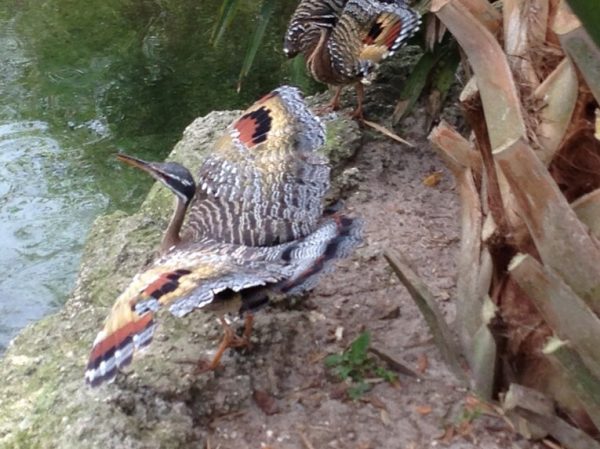
Eurypygiformes- Sunbitterns
The sunbittern (Eurypyga helias) is a bittern-like bird of tropical regions of the Americas, and the sole member of the familyEurypygidae (sometimes spelled Eurypigidae) and genus Eurypyga. It is found in Central and South America, and has three subspecies. The sunbittern shows both morphological and molecular similarities with the kagu (Rhynochetos jubatus) of New Caledonia, indicating a gondwanic origin, both species being placed in the clade Eurypygiformes
